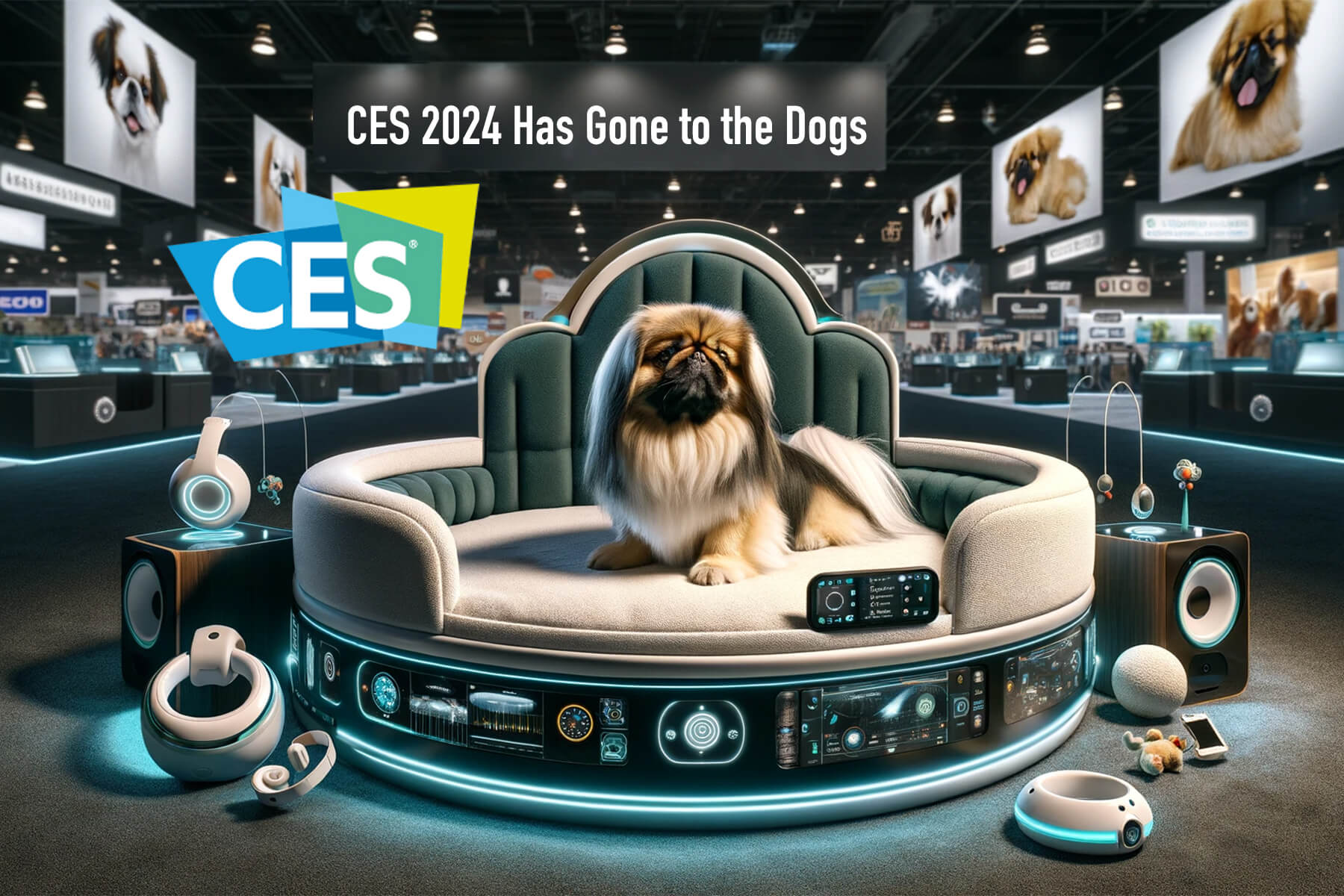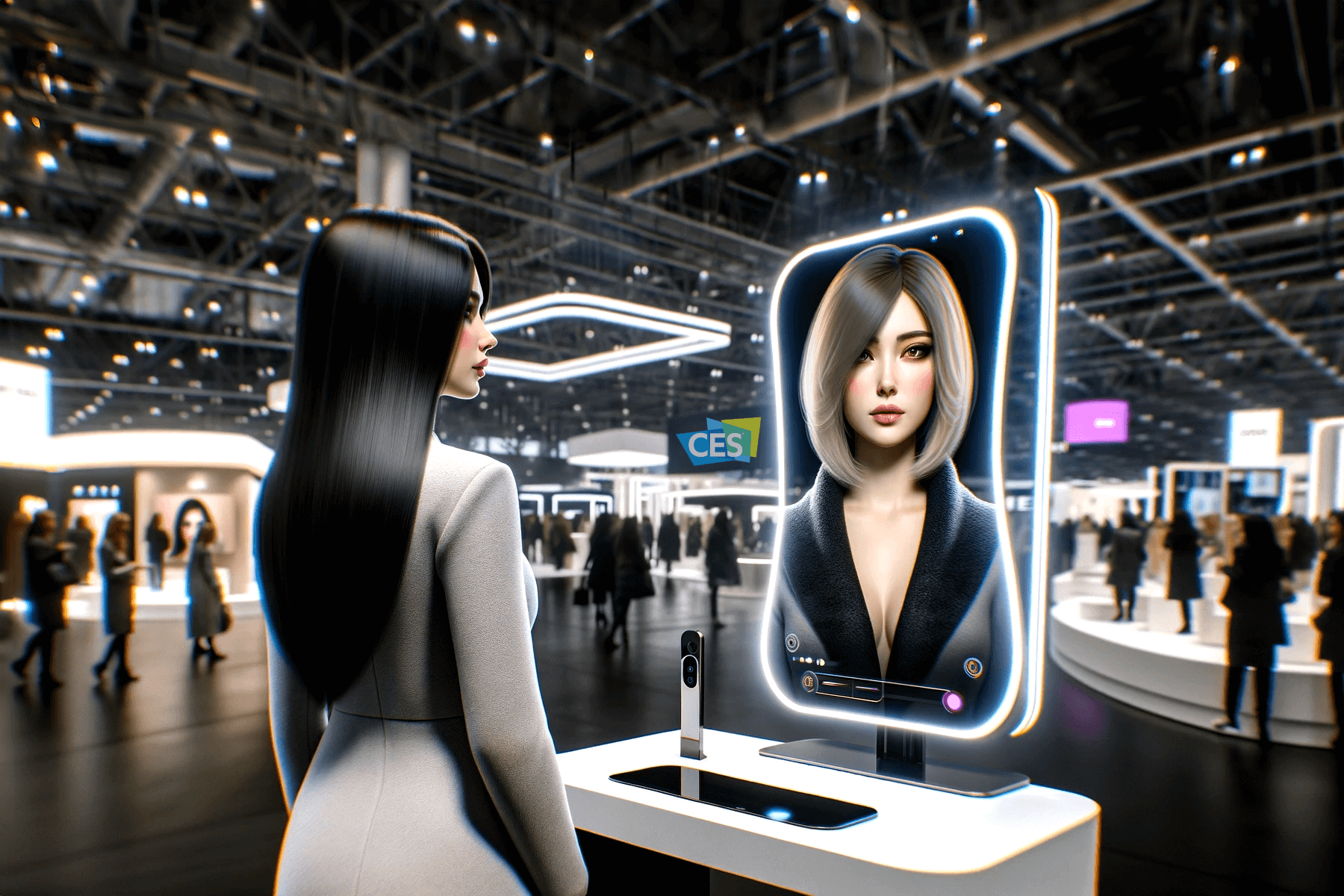If you haven’t read the first installation of this series on human-machine interactions of the future, I highly recommend digging into the definitions of some of the concepts I’m going to share here. With that foundation, let’s move to my first unpopular opinion about the Metaverse.
The Metaverse will be more powerful as an augmented experience than a virtual one.
Gartner announced that by 2026, 25 percent of people would spend at least an hour a day in the Metaverse.* But how we define the Metaverse stands to reason. Many individuals associate the Metaverse with Virtual Realities and Worlds, commercialized by the Facebook rebrand to Meta. This immersive virtual reality is critical and core to the embodied web concept – but even with Apple’s announcement of their long-awaited VR headset, I don’t foresee us living our real lives largely in virtual worlds.
However, Augmented Reality is also rising as a valuable asset in creating the Metaverse. Webex Hologram is a great example of that physical-digital hybrid through Augmented Reality collaboration. Although Webex Hologram leverages AR headsets, other AR applications like Google Maps and Pokémon Go! show us that even a mobile phone can unlock meaningful, powerful extended reality experiences.
Unlike VR, AR is more accessible to devices across the socio-economic spectrum. It has more use cases. It takes less bandwidth. It generally makes more logical sense. I believe the most powerful Metaverse will be accessible by all, via mobile devices that aren’t just reflecting virtual worlds, but devices that add a digital layer to augment the physical world.
That said, my next unpopular opinion reflects my belief that these interactions won’t all live on the blockchain.
There are two types of Metaverses: Open and Closed.
In my opinion, are two Metaverses: the Open Metaverse and the Closed Metaverse. I’ll explain the difference, but their core concept is how each relates to Web3.
In mass media, the Metaverse has been characterized as this collection of virtual worlds, where digital versions of themselves represent people – typically with avatars or in volumetric video. However, I consider the Metaverse as consisting of immersive and extended reality experiences – which encompass fully virtual reality worlds, but also augmented reality experiences that include a digital overlay on the physical world, haptics, voice assistants, gesture control, and more.
“The Open Metaverse is an interoperable world where users can carry
with them their proverbial blockchain-based baggage like NFTs.
The Closed Metaverse is where it gets stopped by customs.”
When engaging in the Metaverse, your experiences are often tokenized and require digital payment. Today, your purchases can be made by buying tokens in a world – just like in Fortnite today, or even the Chuck-E Cheeses out there – and then using those tokens to pay for experiences or digital assets. However, in open Metaverse worlds that run on Web3, the currency is a cryptocurrency built on blockchains with multiple connecting smart contracts.
These two backends, a blockchain backend (likely Ethereum) for Web3 and a Web2 backend, will support the development of Extended Reality Metaverse spaces. Both will contribute to it – not just the decentralized web. But that difference in the backend creates an issue that although the vision for our Extended Reality experience is unified, I don’t foresee an easy route to evolving a Web2 backend to include persistent assets on the blockchain.
Thus, I’ve been using “open metaverse-closed metaverse” terminology to represent the XR experiences that will be interoperable (open) and those which will be separate (closed) based on whether or not they will be blockchain-based.
The decentralized Web3 paradigm requires a blockchain backend. But I, and others like me, see the future of the Internet as being less like Web3 and more like what I’ve been referring to as “Web2+.” That concept was also cited in the Exponential View podcast episode, albeit referred to as a “centralized Metaverse” and a “decentralized Metaverse.”
I like open-closed nomenclature because it strongly correlates to the experience I foresee users having. The Open Metaverse is an interoperable world where users can carry their proverbial blockchain-based baggage like NFTs. The Closed Metaverse is where it gets stopped by customs.
I even foresee Closed Metaverse applications with select integrations with blockchain – but not built fully on the blockchain itself. There will be myriad iterations of centralized-decentralized, open-closed experiences, leading to my next unpopular opinion.
The entire internet will not be fully decentralized.
The movement towards Web3 has gotten so much press and has a tremendous amount of investment and support. But many aren’t talking about how today’s Web3 is mainly running on the backbone of Web2. Right now, even cryptocurrency trading has high costs, and many of the platforms are built on Web2 infrastructure. Although many wish it weren’t so, Web2 is woven into the fabric of Web3.
This perspective was also discussed in the podcast, and at SXSW this year, I spoke with some Web3 investors who confirmed their perspective on the same. Other developers are saying the same. In addition, many large enterprises have spent considerable time investigating Web3, and they too see the value of Web3 in certain areas and contexts – assuming that we can solve the interoperability problem, which analysts estimate will take another 8-10 years.
According to Ghose in the podcast episode, the ideal he foresaw was that on a person’s mobile phone or personal device, you could seamlessly switch from Web2 to Web3 applications. The user experience of Web3 should mirror that in Web2, and they use the same front-end technologies (Java, CSS, HTML, etc.), but the backend shifts from the cloud to the blockchain. Web3 developers have some of the same tools in their toolkit, but then they add a few new ones depending on what they’re building and where. For example, Web3 SDKs like web3.js, web3.py, and ethers.js are essential for building any decentralized application, and programming languages like Solidity and Vyper are also key skills a Web3 developer needs.
To be sure, some purists are focused on a complete reinvention of the Internet, but that isn’t my perspective. In the future, I believe that consumers and companies will toggle between Web2 and Web3 experiences, focusing less on the ideology and more on the value.
Whereas many Web3 advocates predict it as the future of the Internet, others believe that Web3 will exist alongside Web2, but not replace it. I tend to agree with this concept of coexistence, a movement I’ve referred to as Web2+. Web 2+ has proven to be an unpopular opinion, but I stand by it based on what I’ve read and heard.
In the next installment, I’ll dig deeper into decentralization, Web3, and the Internet of the Future, so stay tuned!
Human-Machine Interactions of the Future: Unpopular Opinions [ Part 1 ] [ Part 2 ] [ Part 3 ]


